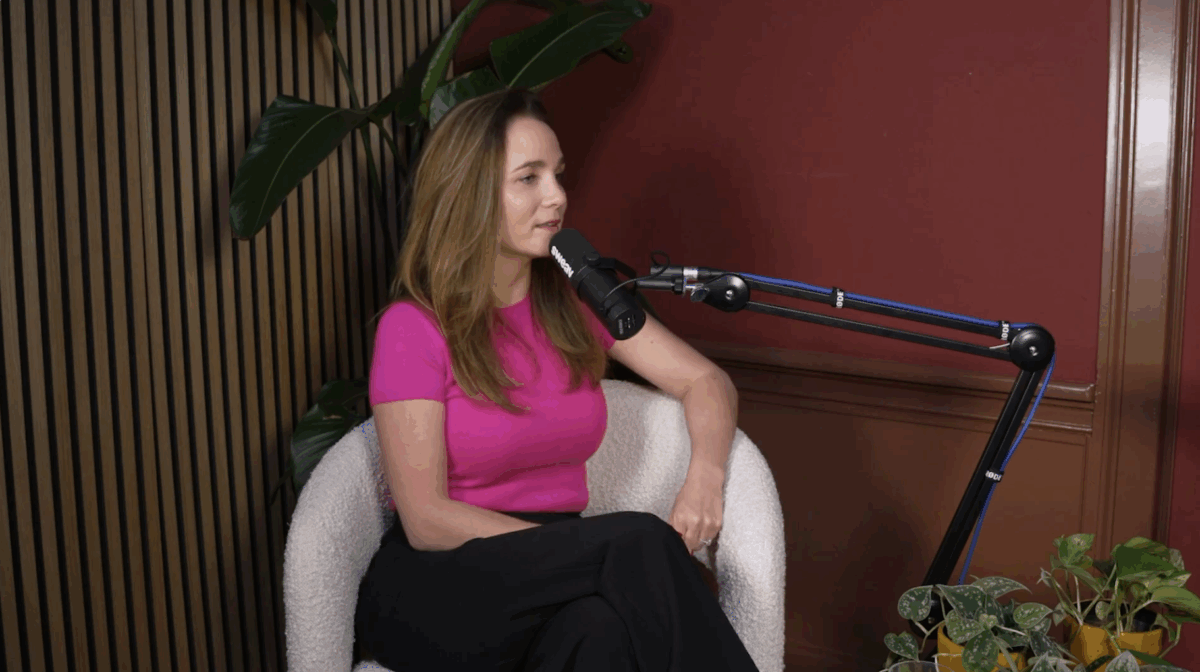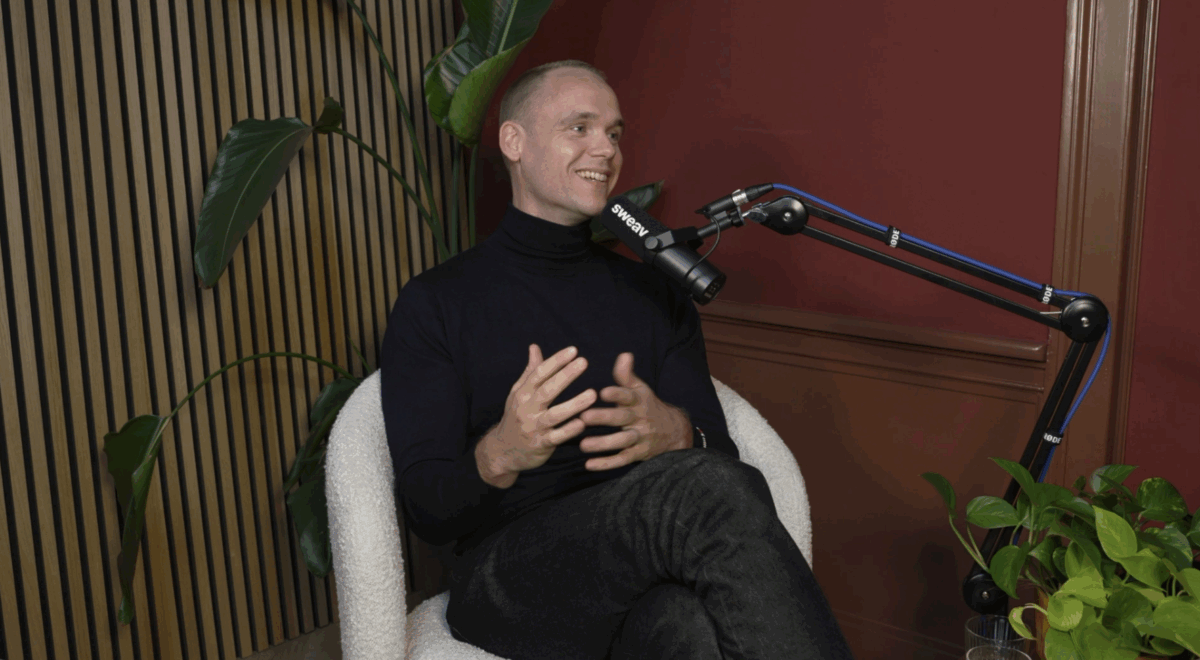


With a decade of pricing experience under his belt, from Simon-Kucher to start-ups, scale-ups and PE-backed firms, Jos knows what works and what doesn’t. Today, he helps companies translate pricing strategy into commercial results. As a freelance expert through Sweav, Jos works hands on with leadership teams to build and implement strategies that actually stick.
Here are the three pricing mistakes Jos sees most often, and how to avoid them.
1. Starting too late
Pricing is often an afterthought. Companies pour time and budget into product development, sales and tooling, only to “figure out pricing” just before go-live. That’s a missed opportunity.
“By the time I’m called in, the product is often fixed, the data setup is limited, and the tooling is already bought. That leaves little room to design the optimal model.”
A good pricing model starts early. It’s not a final coat of paint, it’s part of the foundation. Want to charge different prices to different users? Then you need to build your product, CRM and data architecture with that in mind. Want to differentiate by segment? Then you should ensure your tools support this feature.
2. Confusing cost with value
Too often, pricing starts from the wrong benchmark: internal costs or competitor prices. That’s simple, but suboptimal.
“Cost-plus and competitor pricing are easy. But they rarely reflect what customers actually value and are willing to pay for.”
Instead, start with your customer. What drives value for them? What makes your offer unique? The answers might surprise you. For example, in e-commerce, customers often pay a premium for fast returns or human customer service. Only once you understand your value drivers, can you start pricing for them and communicating them.
3. Making it too simple (or too complex)
Some companies try to keep pricing “as simple as possible.” Others want to capture every nuance. Both go wrong.
“If you oversimplify, you leave money on the table. If you overcomplicate, customers get confused and walk away.”
The sweet spot? A pricing model that’s simple enough to understand, but smart enough to differentiate. That means understanding your segments, and designing offers that feel tailored without turning your pricing page into a spreadsheet.
To find that balance, Jos advises constant validation: “Test your model, get feedback, and check if customers still ‘get it’ as you add layers.”
Turning strategy into action
Jos doesn’t just create slide decks. He builds pricing that works. His approach, shaped by years in the field, differs from traditional consultancies.
“The old way? You get a thick report and a smile. I work differently. I design, test and implement pricing with your teams, understanding nuances of the data and creating a feasible implementation plan.”
This hands-on, pragmatic approach fits the Sweav model: senior freelancers with deep expertise, who don’t just advise, they get things done.
Want pricing that works? Start early, think value, and keep it clear. Or better yet: call Jos.





